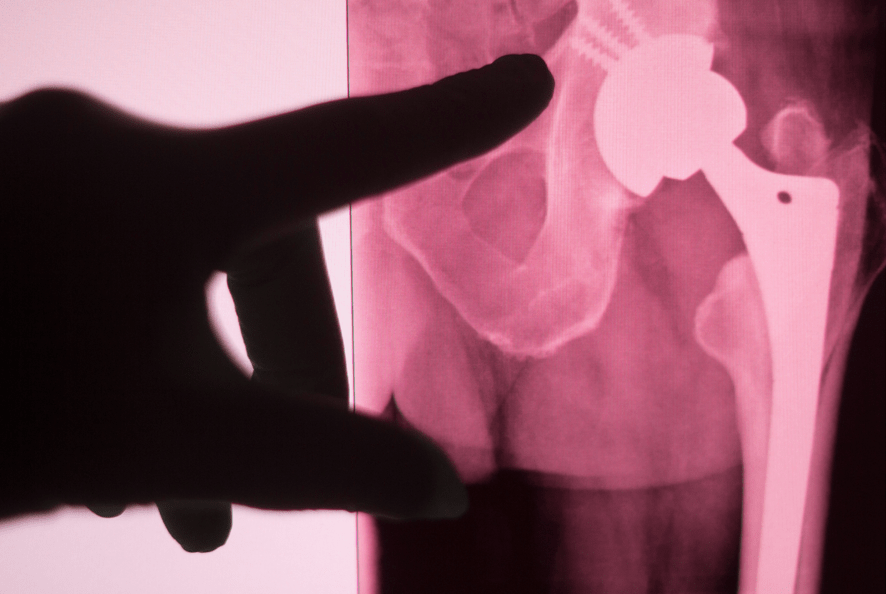by KPMLAW | Feb 2, 2021 | KPMBlog, News, Profiles
Written by James T. Taylor, Esq. Edited by William J. Pfund, IV, Esq. It was every employer’s worse nightmare. On August 26th, 2015, at 6:46 a.m., Lester Flanagan, a disgruntled former employee of WDBJ, ambushed two of his former colleagues as they were conducting a live televised interview of Victoria Gardner at Bridgewater Plaza in Moneta, Virginia. He shot and killed both of his former colleagues before wounding Gardner, the interviewee. Gardner only survived by feigning death and remaining completely still. Two years prior, Flanagan was terminated from WDBJ following a history of verbal and physical abuse toward co-workers. During his termination meeting, Flanagan slammed his fist down on the table and warned, “I’m not leaving, you’re going to have to call the f***ing police…I’m going to make a stink and it’s going to be in the headlines.” Later as he was escorted from the building by police, he gave a small wooden cross to a news director and insinuated, “You’ll need this.” As a result of the shooting, Victoria Gardner filed a $6,000,000.00 lawsuit against WDBJ for negligently hiring and negligently retaining Lester Flanagan. Gardner’s lawsuit alleged that WDBJ failed to find troubling aspects of Flanagan’s background before hiring him, then waited too long to fire him the following year after he verbally abused and physically threatened co-workers. Plaintiff tried unsuccessfully to argue that a business proprietor-invitee relationship was established giving rise to a duty to Ms. Gardner. However, the case was dismissed in June 2020 on demurrer because Plaintiff failed to establish that a duty was owed to Ms. Gardner by WDBJ. While Virginia courts have generally...

by KPMLAW | Jan 19, 2021 | KPMBlog, News, Profiles, Uncategorized, Updates
Written by Jessica Gorman, Esq. Edited by Rachel Riordan, Esq. The Workers’ Compensation Act provides compensation for permanent partial loss of use of certain body parts, including the loss of a leg. See Code § 65.2-503(B)(13). “[F]or the permanent partial loss or loss of use of a member, compensation may be proportionately awarded.” Code § 65.2-503(D). A numerical rating of the permanent partial loss of use of the injured body part is required so that benefits may be proportionally awarded according to the percentage loss and determined by the schedule in Code § 65.2-503(B).” See, Va. Nat. Gas, Inc. v. Tennessee, 50 Va. App. 270, 279 (2007) (quoting, Hill v. Woodford B. Davis Gen. Contractor, 18 Va. App. 652, 654(1994)). An injured worker bears the burden of proving the level of impairment from a work-related injury. Hungerford Mech. Corp. v. Hobson, 11 Va. App. 675, 677-78 (1991). “Where the issue concerns a permanent partial loss of use, the Commission must rate ‘the percentage of incapacity suffered by the employee’ based on the evidence presented.” Id. at 677 (quoting, County of Spotsylvania v. Hart, 218 Va. 565, 568 (1977)). But what happens when an injured worker has a compensable injury which requires a surgical implantation of a prosthetic which later improves the injured workers’ function? Is the permanent loss of use determined PRIOR to any surgical correction OR after any such replacement, as the replacement is undertaken to provide the injured worker with more function? This question was recently answered by the Court of Appeals in Loudoun Cnty. v. Richardson, 70 Va. App. 169 (2019). In this case, the injured...

by KPMLAW | Sep 9, 2020 | Court
The Tenth Order Extending Declaration of Judicial Emergency through October 11, 2020 can be viewed here. The period of Judicial Emergency (during which applicable statutes of limitations are effected) now extends from March 16, 2020 through October 11,...

by KPMLAW | Sep 8, 2020 | Uncategorized
Written by Henry U. Moore, Esq. Edited by Bill Pfund, Esq. It is not an uncommon scenario in general liability cases for multiple plaintiffs to be injured in one accident – this is especially common in motor vehicle cases. Under Virginia law, each injured party has their own separate cause of action for their own physical injuries and emotional distress resulting from those injuries. However, the lines can become blurred between causes of action when a plaintiff makes a claim that they suffered emotional distress damages from witnessing the injuries to another party. For instance, this scenario can arise in a motor vehicle accident where more than one person in the same car is injured, and one plaintiff claims he suffered emotional distress from witnessing the injury or death of his fellow passenger. These are commonly referred to as negligent infliction of emotional distress (NIED) or “bystander” claims, and they are very hard to establish under Virginia law. Virginia is in the minority of states that do not allow recovery for solely emotional distress experienced by family members or bystanders in close proximity to the injury or death of another – even if that ‘bystander” is himself involved or injured in the accident. Rather, a plaintiff must show that they suffered accompanying physical injury resulting from the emotional disturbance or distress. In Hughes v. Moore, 214 Va. 27 (1973) the Virginia Supreme Court laid out this rule for bystander claims that is still in force in the Commonwealth. There, a driver ran his car off the road, struck a vehicle parked in the plaintiff’s driveway, and crashed into the plaintiff’s house. Although...



